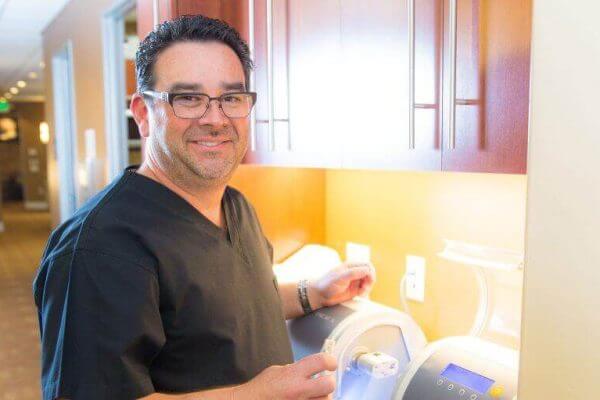Learn More About the Malocclusion of Teeth
In Japan, women are flocking to dental clinics for the yaeba look. This is done to achieve a prominent fang effect which is said to look cute, child-like and endearing. Apparently, they have yet to get the memo that malocclusions can cause more harm than good.
Dr. Hauser is a CEREC restoration specialist who also handles orthodontic cases. He invests in the latest techniques to provide his patients with safe and aesthetically-pleasing results. However, he still believes that while trends can be fun, they should never involve malocclusion of teeth for aesthetic reasons.
Call (951) 244-9495 and talk with a patient coordinator today, or make an appointment using the link below.
What s Malocclusion?
Occlusion is a term that refers to tooth alignment, wherein the upper and lower teeth fit properly together when a patient bites. The upper teeth, especially the molars, should fit into the grooves of the lower molars.
Malocclusion is a condition wherein the teeth are not in proper alignment. It is usually hereditary or genetic in nature. Thus, it is passed on through generations. Therefore, if a child’s mother has narrow jaws and his or her father had large teeth, there is a chance that the child might inherit the father’s large teeth and the mother’s narrow jaws, resulting in malocclusion.
However, please keep in mind that there are other possible causes of malocclusion of teeth. Mouth and jaw tumors, thumb sucking or tongue thrusting, the use of a pacifier in patients older than 3 years of age, jaw fractures, ill-fitting appliances or fillings and abnormally shaped teeth are other possible factors.
Please note that extra or missing teeth can also be a cause of malocclusion. However, this will still fall under the genetic factor unless it is caused by trauma to the developing tooth bud or caries. Impacted teeth may also be another cause that could be attributed to genetics.
Types of Malocclusion
Dr. Hauser has treated various types of malocclusions, as he has more than 20 years of experience in the dental field. The Class 1 malocclusion remains the most common by far. The patient will have posterior teeth in perfect alignment and have anterior teeth that overlap the lower ones slightly.
Class 2 malocclusion is also called an overbite or retrognathism. This is when the upper jaw and teeth overlaps the lower jaw and teeth severely. This usually presents itself as an overly toothy grin at first glance.
A class 3 malocclusion is also called an underbite or prognathism. This occurs when the lower jaw and teeth overlap the upper dentition and jaw. Thus, the patient will have a crescent moon profile. Please note that surgery may be required to fix this profile, aside from orthodontic treatment.
Invisalign to Treat Malocclusion
While other dentists may swear by regular braces, Dr. Hauser believes that Invisalign is and always will be the best option. This is because it allows patients to enjoy eating their favorite food without having to worry about detaching pesky wires and brackets. Thus, they do not have to give up their favorite meals during the treatment period.
Invisalign is better because it allows patients to brush their teeth properly and remove any food debris, which can be a challenge with traditional braces. It is also safer for patients who have metal allergies or sensitive inner cheeks.
If you are looking for an orthodontic expert who can treat various types of malocclusions, Dr. Hauser is Inland Empire’s favorite CEREC specialist. You can reach Lakefront Family Dentistry at (951)244-9495 or schedule your appointment online.





